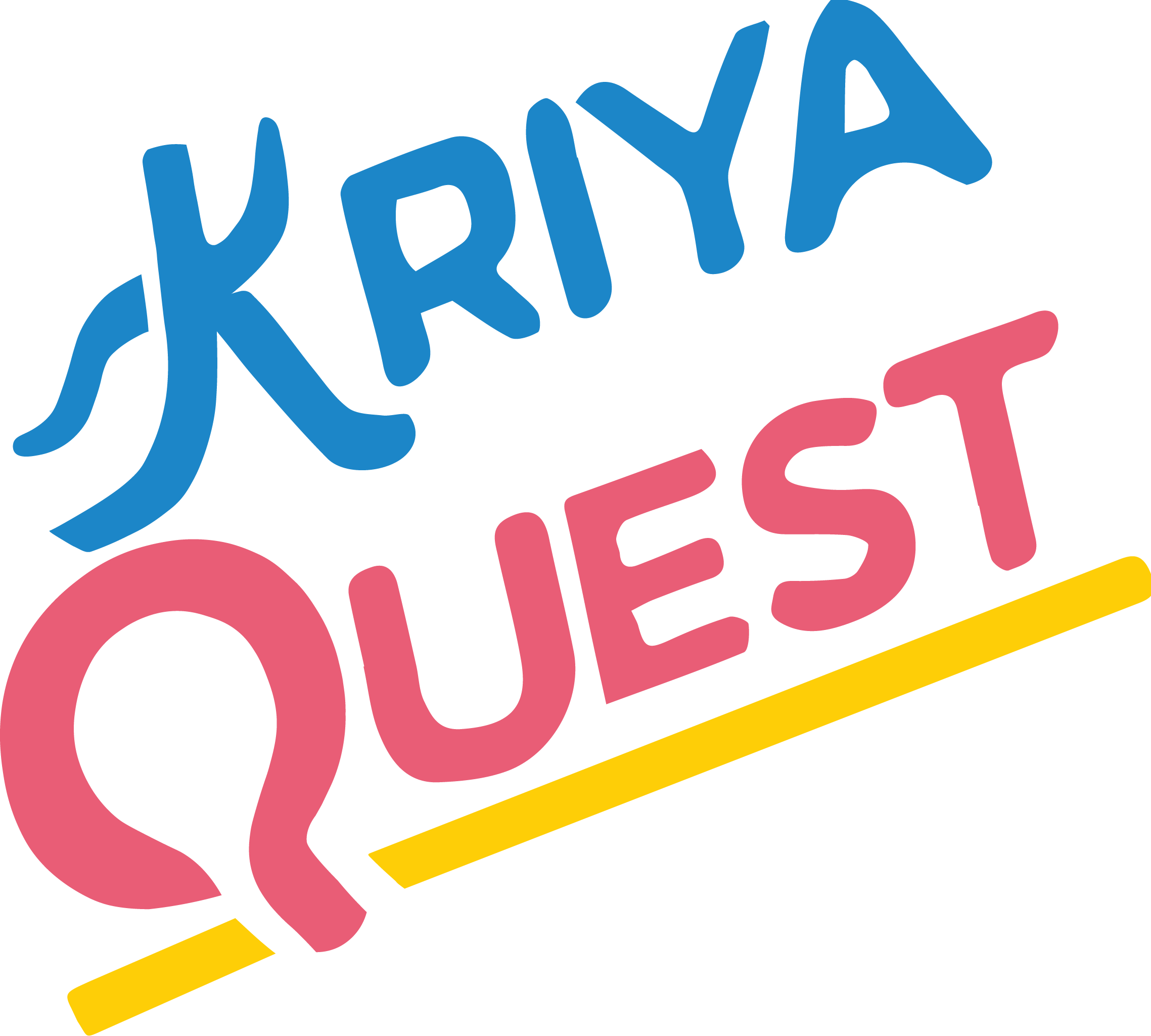Why Experiential Learning is the Future and How We're Leading the Way
What Was Wrong with Yesterday’s Model
For years, the way education has worked is this: teachers explain, students memorize, and tests check to see if they remember. It is a system made for grades, not for learning.
What happened? A lot of students can repeat definitions, but they have trouble applying ideas to real life. Many parents wonder, “Why does my child do well on tests but still not understand science?” Principals are also worried about this: “How do we get kids ready for a world that needs creativity, not just memory?”
This is why experiential learning is no longer a luxury; it is a necessity.
Point of view 1: Moving from content to skills
The National Education Policy (NEP) 2020 has already set the course: stop learning by heart and start focusing on skills like applying, analyzing, and explaining.
Changes in policy don’t mean much if classrooms don’t change too. This is where experiential learning comes in:
- They don’t just learn about electricity; they also build circuits.
- They don’t just learn the names of body parts; they also put together a working model.
- They don’t just write down what force is; they use levers and pulleys to test it.
When kids do things before they talk about them, they naturally become competent. That’s why every Kriya Quest kit is made to connect directly to curriculum goals. This way, schools can be sure that hands-on learning helps, not hurts, academic goals.
The Change in the Teacher
One thing that people don’t think about is that teachers are the ones who make change happen. Experiential learning won’t last if it feels like “extra work.”
That’s why we focus on making things easy for teachers:
40-40-40 framework: 40 minutes for the teacher to learn, 40 minutes for the student to use in class, and 40 minutes for the student to use at home.
- No steep learning curve: Teachers can use a kit right away without needing any special training.
- Kits fit perfectly into chapters, which makes teachers less stressed, not more.
When teachers stop being “lecturers” and start being “facilitators,” classrooms become places of discovery, not just delivery. And teachers find the joy of teaching again.
Point of View 3: Bringing Learning Home
A lot of people don’t see this: learning doesn’t stop when the bell rings. Parents are the quiet partners in education, but they don’t often see how their child learns.
We make sure that learning is shared, visible, and reinforced by making kits that go home.
Kids explain things to their parents, which helps them feel more confident and learn how to talk to people.
- Parents see their kids’ joy of discovery, not just the stress of exams.
- Schools build trust with families by showing that they really care about whole-person education.
- This home connection makes experiential learning a family activity instead of just a classroom activity.
Perspective 4: Affordability and Access on a Large Scale
Cost is another reason schools often give for not doing hands-on learning: “Hands-on learning sounds great, but labs cost a lot.”
This is exactly where Kriya Quest is going. Our kits are:
- Cheap: Costs a small part of what traditional labs do.
- Scalable: Each child gets their own kit, not just a chance to watch.
- Easy to use: can be moved around, used again, and changed for different grades and subjects.
We are showing that experiential learning is not just for elite schools; it is for every child, everywhere, by making it affordable.
The Future is Experiential
Take a look at the world our kids are going to grow up in. They will need to find solutions to problems that haven’t happened yet, using tools that haven’t been made yet, and in jobs that we can’t even name yet. This can’t be learned by rote.
Experiential learning is more than just a way to teach; it’s the basis for being ready for the future. It helps people develop the skills the world needs, like curiosity, resilience, problem-solving, and creativity.
We at Kriya Quest are dedicated to making this future a reality right now. We are leading the way in making sure that experiential learning is not just a project that happens once in a while, but something that happens every day. We do this by making curriculum-aligned kits, helping teachers, and connecting homes.
Conclusion
As founders, we often ask ourselves one simple question: “Do you want your child to be the best memorizer in the room when they leave school, or do you want them to be the one who can ask better questions, think differently, and come up with creative solutions to problems?”
If the answer is the second one, then experiential learning is not an option; it is necessary.
People who do things, not just people who know things, will own the future. At Kriya Quest, our goal is to make sure that every child has the chance to do, learn, and grow.
